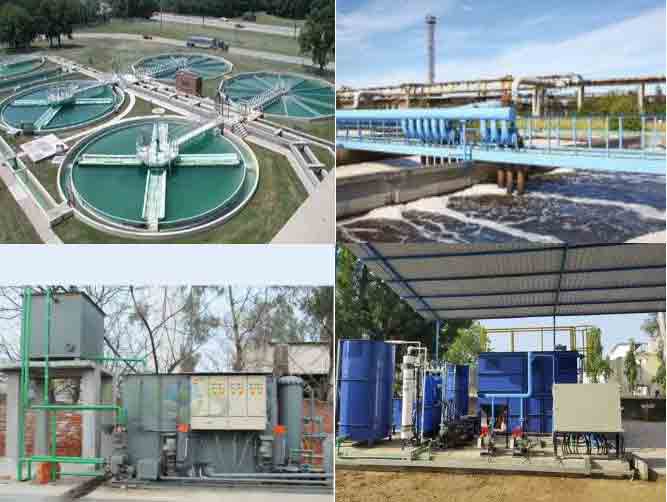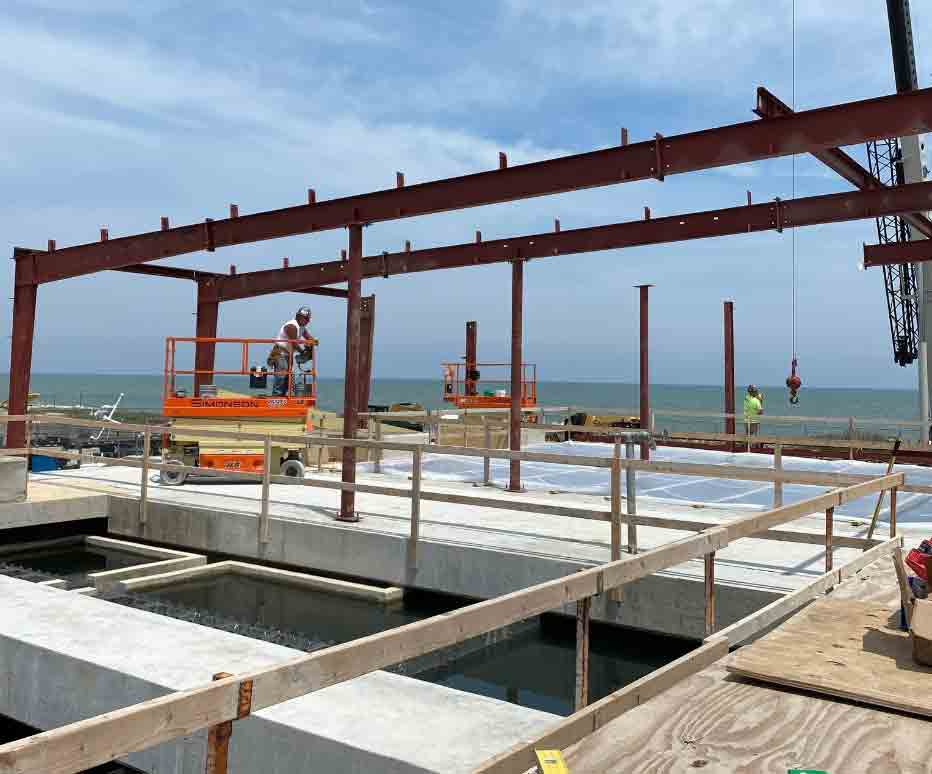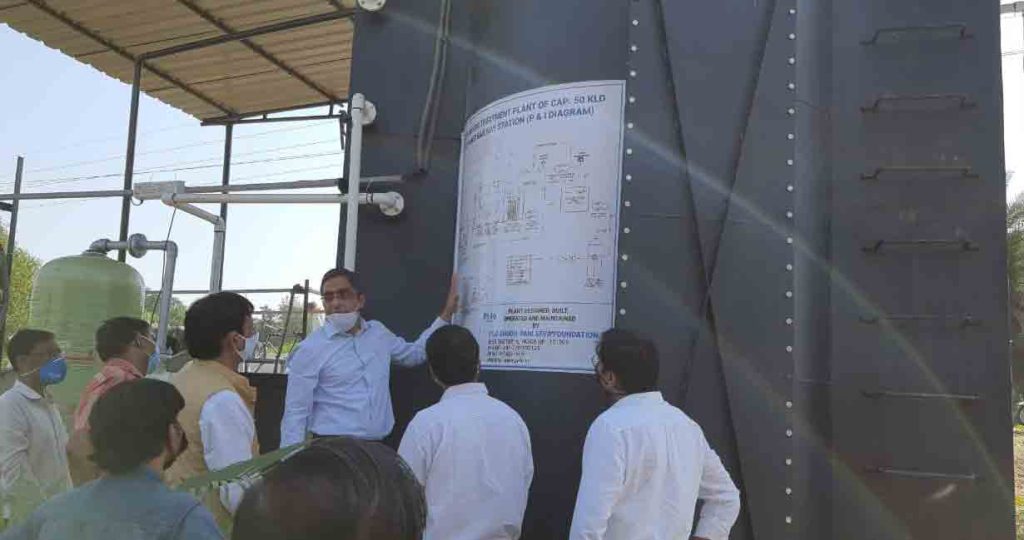How Sewage Treatment Plants are Leading the Charge
Bangladesh, a country brimming with culture and history, faces a critical challenge: securing clean water for its flourishing population. While the nation boasts impressive economic growth, rapid development has strained its water resources. This is where sewage treatment plants (STPs) and effluent treatment plants (ETPs) emerge as silent heroes, playing a vital role in protecting public health and the environment.

From Rivers to Responsibility
Traditionally, Bangladesh relied on its extensive network of rivers for water needs. However, with increasing industrial activity and urbanization, these waterways became choked with untreated sewage and industrial waste. This not only jeopardized access to clean drinking water but also triggered a rise in waterborne diseases like cholera and typhoid.
The government, recognizing the urgency, has undertaken significant initiatives to improve sanitation and wastewater treatment. The Dhaka Water Supply and Sewerage Authority (DWASA) plays a pivotal role in managing the capital city’s sewage system, including the Dasherkandi Sewage Treatment Plant, the largest in South Asia.

A Multi-Faceted Approach to Clean Water
The fight for clean water necessitates a multifaceted approach. Here’s a look at the diverse sewage treatment technologies employed in Bangladesh:
- Biological Treatment: This eco-friendly method utilizes microorganisms to break down organic matter present in sewage. Activated sludge and trickling filters are popular biological treatment processes.
- Chemical Treatment: Chemical coagulation and flocculation techniques are often used in conjunction with biological treatment to remove suspended solids and pollutants.
Industrial Wastewater Champions: The Role of ETPs
While STPs address domestic sewage, industries generate another significant source of wastewater pollution: industrial effluent. Effluent treatment plants (ETPs) are specifically designed to treat this wastewater, removing harmful contaminants before releasing it back into the environment.
Why ETPs Matter for Bangladesh’s Future
The textile industry, a major contributor to Bangladesh’s economy, also generates significant amounts of effluent laden with dyes, chemicals, and heavy metals. Untreated release of such effluent can wreak havoc on aquatic ecosystems and public health. ETPs in Bangladesh play a critical role in:
- Water Pollution Control: By removing pollutants like heavy metals and organic matter, ETPs significantly reduce the environmental impact of industrial wastewater.
- Compliance with Regulations: The government enforces stringent regulations on effluent discharge standards. ETPs ensure industries comply with these regulations, avoiding hefty fines and environmental damage.
- Sustainable Practices: Advanced ETPs can even facilitate water reuse, promoting a circular economy and reducing the pressure on freshwater resources.
Challenges and Opportunities in ETP Development
Despite the progress made, challenges remain in Bangladesh’s ETP landscape:
- High Installation and Operational Costs: Setting up and maintaining ETPs can be expensive, posing a hurdle for small and medium-sized enterprises.
- Skilled Manpower Shortage: Operating ETPs efficiently requires specialized skills. A lack of skilled personnel can hinder optimal performance.
- Sustainable ETP Solutions: The focus is shifting towards sustainable ETP solutions that minimize energy consumption and promote water reuse.

Collaboration for a Cleaner Future
Overcoming these challenges requires a collaborative effort from various stakeholders:
- Government: The government can provide financial incentives to encourage ETP adoption and invest in research and development of cost-effective and sustainable ETP technologies.
- Private Sector: Industries can explore innovative financing models and prioritize efficient ETP operation to minimize environmental impact.
- Academia: Universities and research institutions can play a crucial role in developing and training skilled personnel for the ETP sector.
A Brighter Water Future
Exploring Sewage Treatment Plants in Bangladesh paints a picture of a nation determined to secure a clean water future. By embracing advanced technologies, fostering collaboration, and prioritizing sustainability, Bangladesh can ensure the health of its people and the well-being of its environment for generations to come.
